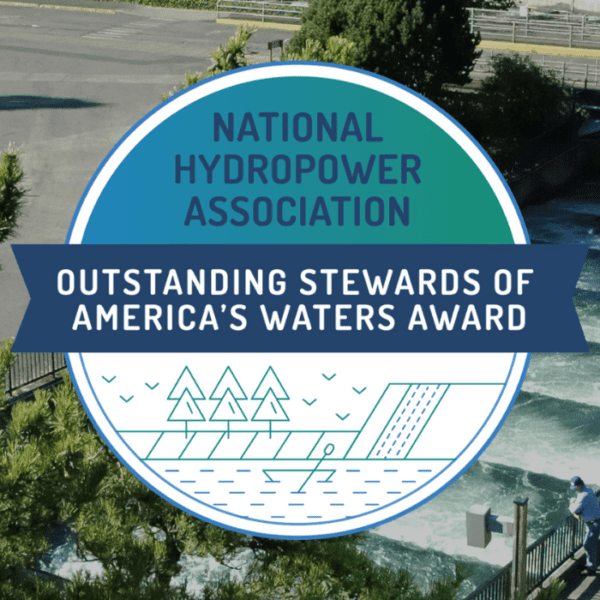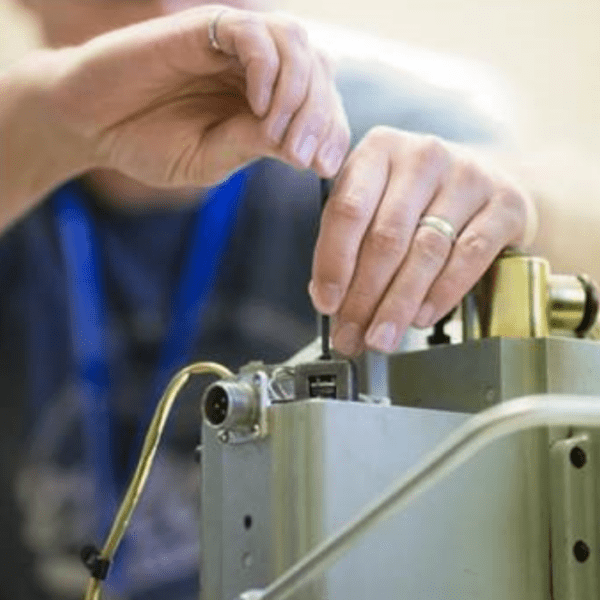The world needs energy storage, and pumped storage hydropower is an important part of the solution.
With an abundance of intermittent renewables coming online, the path to achieving a clean energy future looks brighter every day, but unless large-scale energy storage is both adopted and embraced, renewable energy will not be utilized to its fullest potential.
By embracing proven technologies like pumped storage hydropower, as well as establishing reasonable timelines for development, the world can make renewable energy reliable.
During Clean Currents 2022 in Sacramento, California, POWERHOUSE had the opportunity to speak with Dr. Riedel, the chief technical officer for Voith Hydro, about innovations in pumped storage hydropower, global workforce development challenges, and the need for energy storage.
Prior to his role as chief technical officer, Dr. Riedel was the chief engineer at Voith Hydro in York, Pennsylvania, in the United States, where he was responsible for the engineering of generators, turbines, automation, and plant projects for the new system and modernization business.
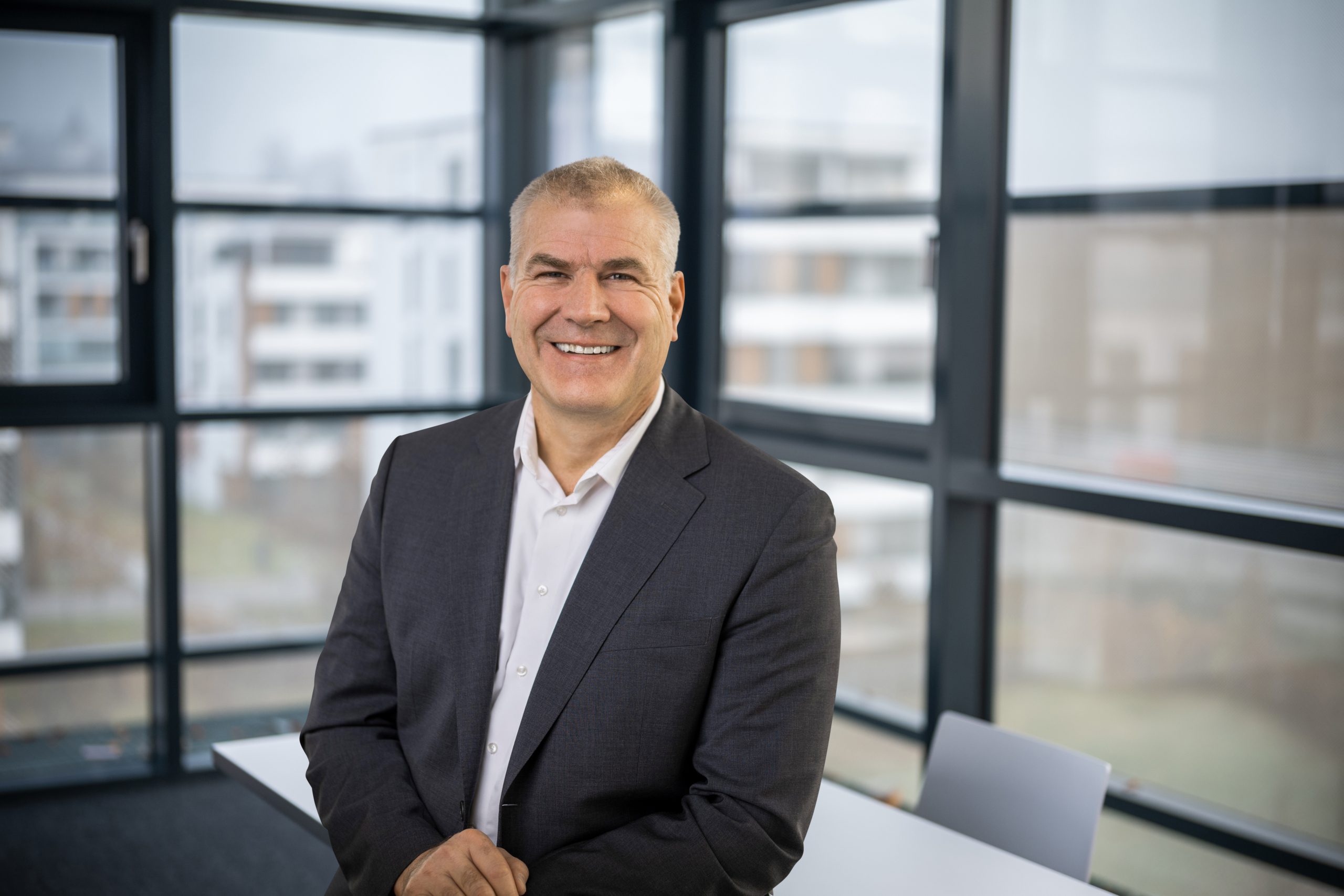
Dr. Norbert Riedel, Chief Technology Officer at Voith Hydro (Photo courtesy of Voith Hydro)
POWERHOUSE: With a renewed global interest in developing pumped storage hydropower, what is Voith doing to support this growth? Are there standout pumped storage hydropower developments or ‘game changers’ being worked on?
Dr. Riedel: We are well equipped to answer the demand, and we are prepared to answer the growth with the people we have in our facilities. For sure, multi-purpose pumped storage projects will be game changers for the future.
Voith offers traditional pumped storage, but our machines also provide ancillary services and quick grid stability support. In especially drought-stricken areas, storing water is also an element that comes into the game. In the United States, the proposed Cat Creek Energy project is an excellent example of pumped storage being designed to support not only energy storage and other renewables, but also to support a drought-stricken region with much needed water storage.
The proposed Swan Lake Project in Oregon is positioned to provide bulk energy storage and grid support practically on the border between the hydropower-rich Northwest and the heavy load centers in California. And the proposed Old Forge project in Pennsylvania continues to develop on abandoned coal mine lands to help with the renewable energy transition in Pennsylvania.
Right now, we are working on four new pump storage projects simultaneously with our engineering team. As far as game changers, the other thing that we also see right now is increased need for flexibility in pumped storage power plants.
In the past pumped storage was primarily designed for two or three pump cycles a day. People often think you pump at the cheap time and when there is enough solar energy, and then operate the machine in turbine mode when the excess energy is needed, and we see that, too.
In Europe, we have customers that start up their pumped storage systems 20 to 30 times a day, rather than two times a day, to meet their demand for flexibility.
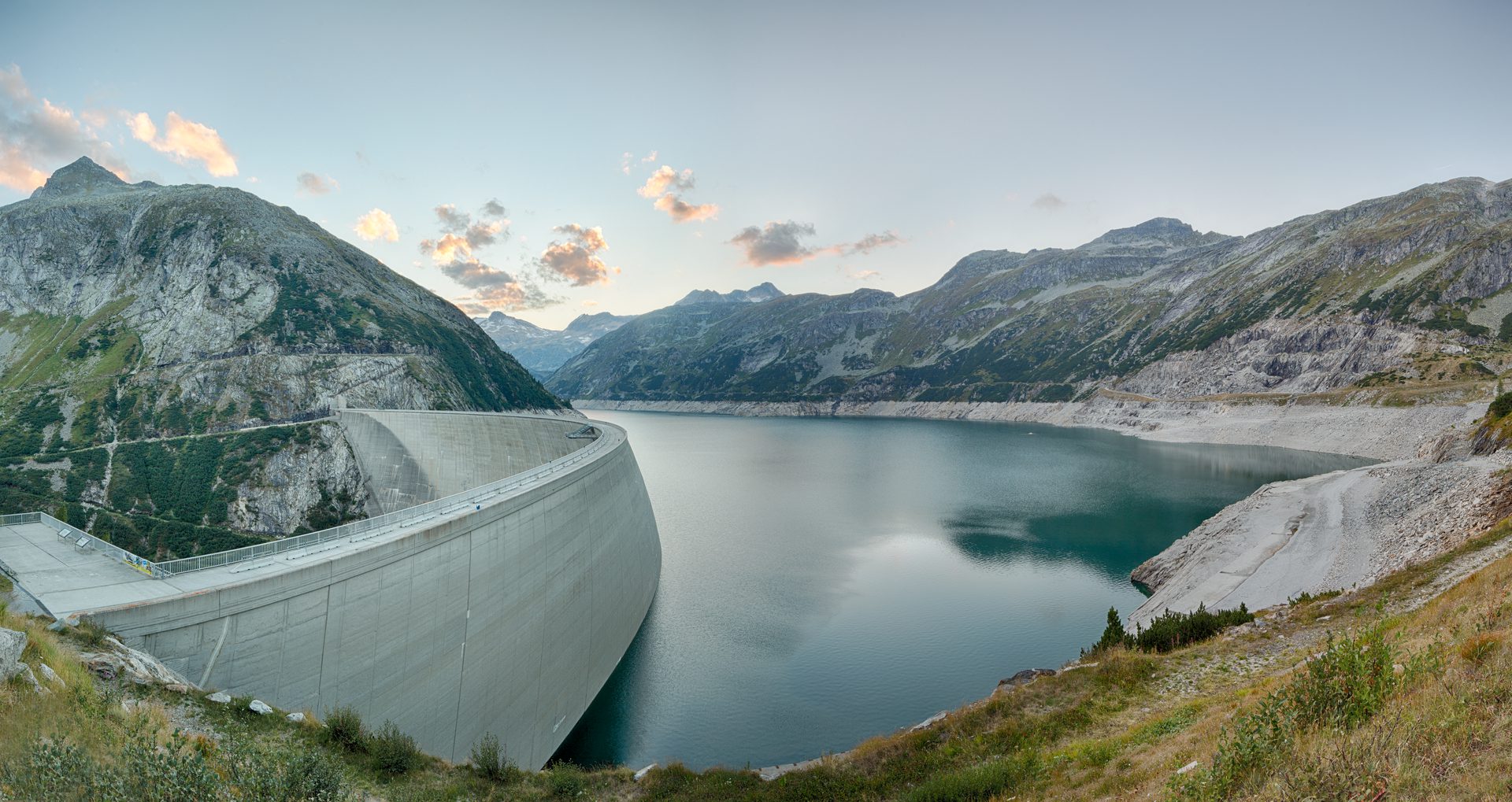
The 430MW Reisseck II pumped storage hydroelectric power project located in the Mühldorfer Graben region of Carinthia, Austria. (Photo courtesy of Voith Hydro)
POWERHOUSE: Due to incredibly high demands for equipment, how has Voith worked to accommodate an influx of orders?
Dr. Riedel: Time is moving fast, and the integration of renewable energy is moving fast, and when you talk to customers, they need to get pumped hydro installed on a very reliable schedule. And once it’s installed, then it must perform reliably. At Voith we have made special efforts to comply with those schedules.
First off, Voith Hydro is strategically located around the world to serve our customers, wherever they are located, and we continue to invest in our engineering and manufacturing footprints.
We have our factories ready, including a large one in York, Pennsylvania. We’ve streamlined the process for executing projects and we’ve built up modular elements for pumped hydro. This allows for adaptation to the needs of the customer, while being able to supply proven technology with known schedules.
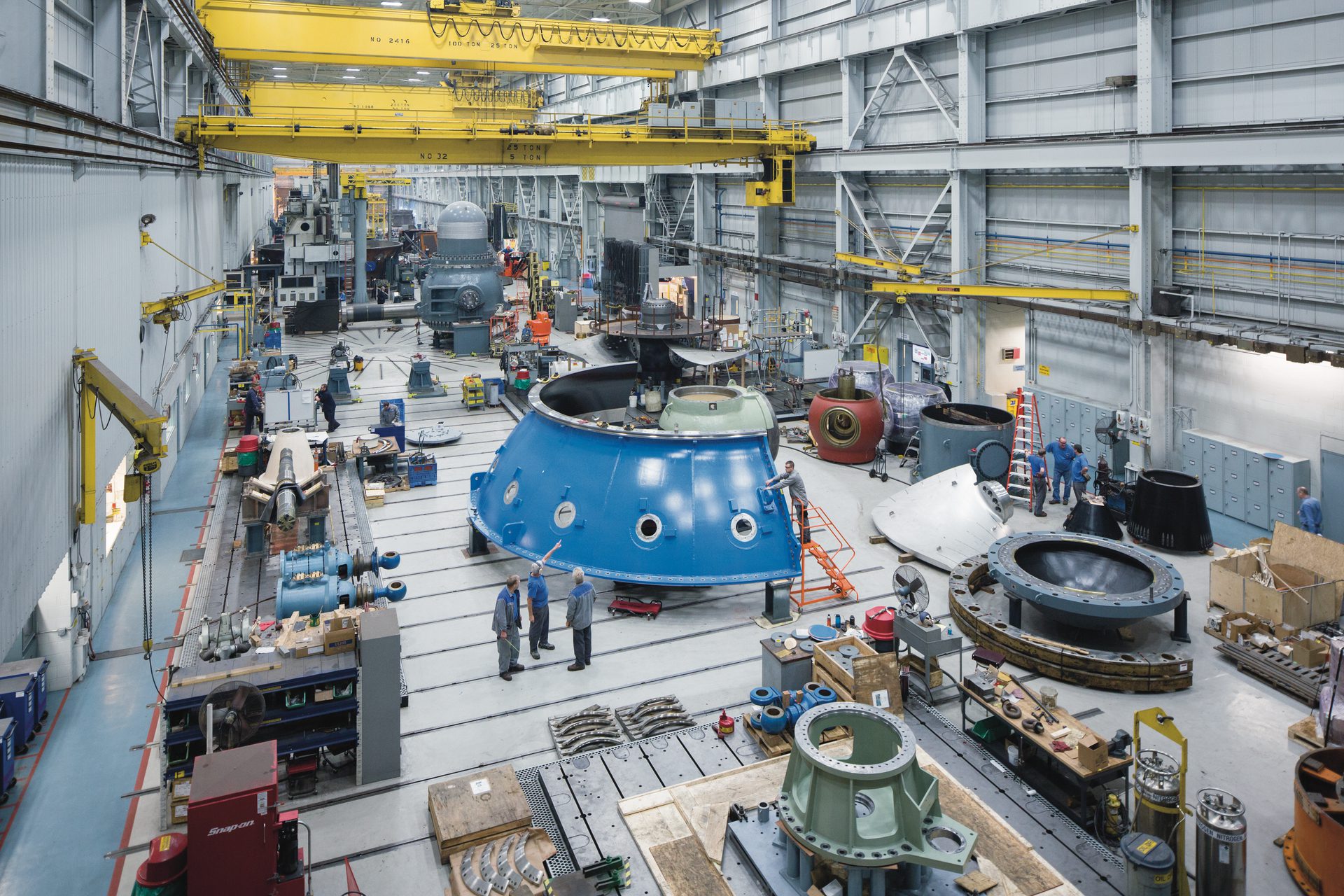
The interior of a Voith Hydro workshop located in York, Pennsylvania. (Photo courtesy of Voith Hydro)
POWERHOUSE: Workforce challenges are affecting industries across the world. What workforce challenges has Voith faced, and how has the company addressed/solved said challenges?
Dr. Riedel: We are in the business of renewable energy, and renewable energy is what drives much of the young talent, and they want to work for a company that supports a CO2 carbon-neutral future. Hydropower is one of the few energy sources that has provided renewable energy for decades and will continue to do so in the future. On top of that, pumped hydro is then the enabler to make other intermittent renewable energies reliable because wind and solar are intermittent, so with pumped hydro, you have the capability and mechanism to store this energy at a huge scale.
The International Hydropower Association (IHA) recently published that 95% – 97% of all installed electricity storage is still with pumped hydro because it’s immensely larger than batteries and most of the equipment being used is fully recyclable.
These are all elements that attract young talent, and they want to work in an industry that supports the future. Yes, we currently have our challenges, but we consistently see that once younger people learn about what we do and what we’re working on, then they want to join us.
POWERHOUSE: The International Renewable Energy Agency reports that the world needs to double hydropower capacity by 2050 to limit global temperature rise. Is Voith working on technology that will help make this goal more obtainable? What needs to be done in the pumped storage hydropower space to achieve said goal?
Dr. Riedel: The technology in pumped hydro is well developed. I do not think that technological innovations are really changing the game; rather, it is more a question to find the right location for a new pumped storage plant and get all stakeholders involved early to be able to get the project approved.
Balancing all of the renewable energies has to be done fast. If you look at the increasing demand for electric vehicles, where will all that energy come from? It can be created in a ‘for sale’ way, but that’s not what we want. If we want to create it with renewable energy, then something has to balance the intermittent renewable energy, solar and wind, and make them reliable, and pumped storage is fully capable of doing that.
Right now, I think the best move for the environment would be to rely on proven technology and to get it built on reliable schedules. To get this done in a fairly reasonable time frame would require regulations and policy makers to agree, as well as owners and suppliers to work together.
We have built basically one major pumped storage project a year, and in the recent five years we have built even more, like I said earlier in the interview: Currently, we are working on four pumped storage stations simultaneously. The technology is really there, and it’s now just a matter of realizing it.
By the way, I think this is such an important goal. When I flew over the United States, on my way to Sacramento, I looked out of the window, and I saw several of the reservoirs, and I saw that white shoreline indicating that the border level is significantly lower than it used to be – I was really surprised. I didn’t expect it to be so extreme, and we also see the impact of climate change in Europe. One way forward is to invest in renewable energy sources, so that we don’t continue to add large amounts of carbon into the atmosphere, further increasing the speed of climate change.
Another important point is that we have made a significant investment into research and development, and we continue to push the limits. We found out that in some areas pushing the limits of efficiency too far is counterproductive. At some point we reach the capabilities of our materials, so my advice would be to also look at reliability, and pumped storage by definition is a very reliable technology.
Going forward, it would be advisable for everybody to look at using proven technology, with solid references in the marketplace, in order to have reliable assets that will work in a stable way.
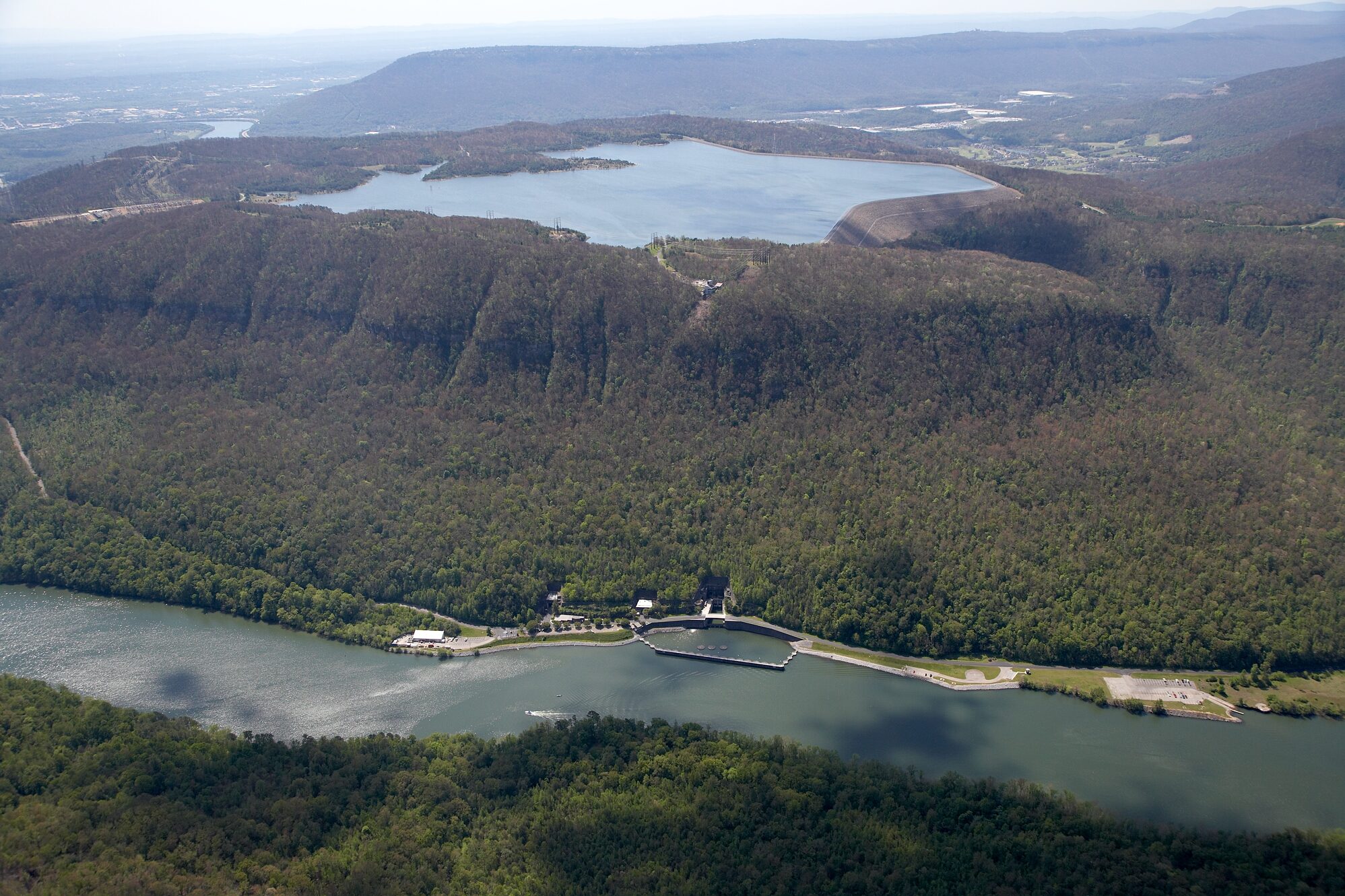
Raccoon Mountain Pumped-Storage plant in Marion County, Tennessee. (Photo courtesy of Voith Hydro)
POWERHOUSE: What are your thoughts on alternative pumped storage placements, like the ones being tested and built in abandoned or unused mines?
Dr. Riedel: The technology to provide the machine that does the pumping in a mine environment exists – that’s not new. The thing that needs to be understood is that if water is pumped up and then turbined back underground, then it creates a continually changing load for the tunnels. Typically, the existing underground structure was not built for a constant change of pressure.
You must also consider the economics of making the earth or ground stable. So again, it’s not so much a matter of the pumped hydro machine; rather, it’s more a matter of understanding the geology of the mine and making it stable for constant load change.
POWERHOUSE: Is there anything else you’d like to add?
Dr. Riedel: I’m excited to work for renewable energy and contribute to a carbon-free, or neutral, future, and I am convinced that we are doing the right thing with hydropower.










